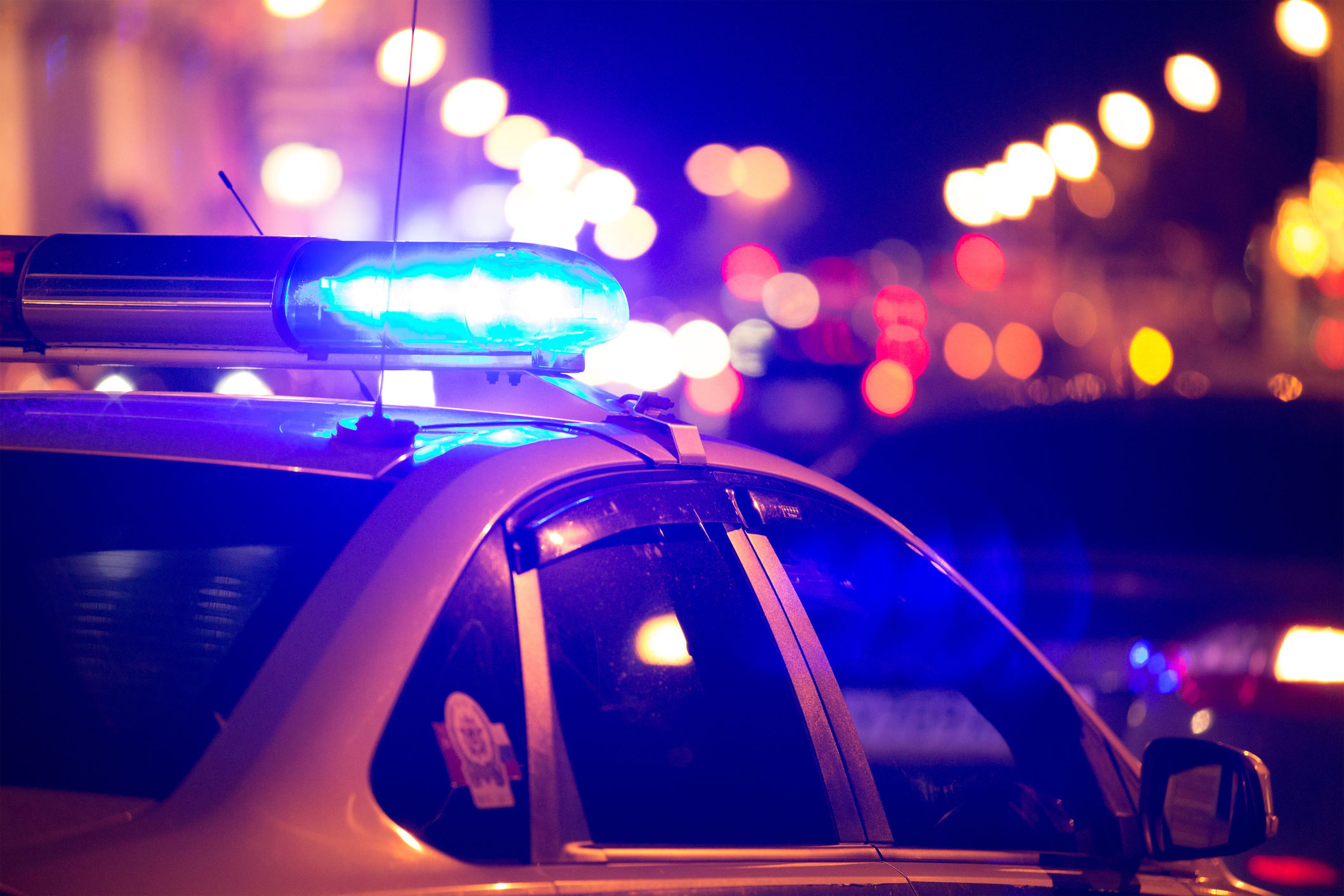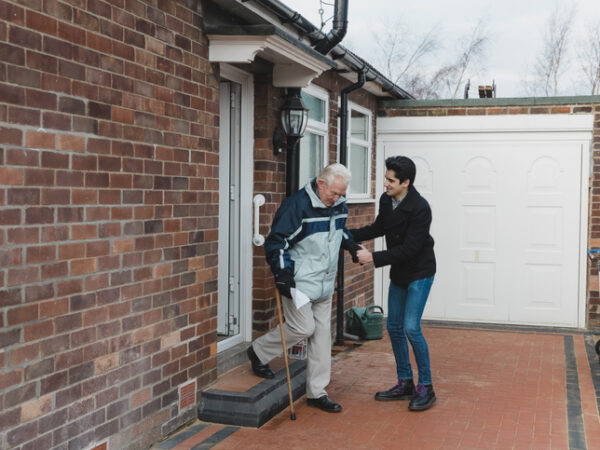Dialing 911 in the case of a medical emergency has been drilled into most people since they were able to pick up a phone but new research finds that calling an ambulance may not always be the most cost-effective or best use of personal and public resources.
With the advent of ride-sharing services like Lyft and Uber, older adults who no longer drive have more transportation options to get to and from appointments, travel for social engagements or do their shopping. And if it’s not a life-threatening emergency that requires an ambulance, ride services could also help seniors and others save money and free up staff and equipment for true medical emergencies.
According to a recent New York Times report, ambulance transportation is not always covered by insurance policies and can wind up costing patients thousands of dollars. And keep in mind that an ambulance will usually take patients to the closest hospital or the one with open beds, not necessarily the hospital of your choosing. With a ride service, patients can make sure they get to the hospital where they have been treated before and have a history or at least some familiarity.
Research from the University of Kansas, Department of Economics found that when Uber entered a city, ambulance use dropped by at least 7 percent. Low-risk patients who use a ride-hailing service to travel to the hospital can reduce excessive costs for themselves as well as insurers and lower the volume of calls for emergency medical services.
It is estimated by Journal of Emergency Medical Services research that between 10 and 40 percent of all annual EMS (Emergency Medical Services) transports are non-emergency ailments such as sprains or flu-like symptoms. However, if a patient thinks they are having a medical emergency such as a stroke or heart attack, it’s important to call for an ambulance. Trained EMTs (Emergency Medical Technicians) will be able to determine what’s happening medically and make the proper decision whether for instance, to go to an emergency room or straight to a catheterization lab, saving time and possibly a life. Uber drivers aren’t medically trained, can’t run through red lights or speed past traffic to get to the ER faster, but there may be times when non-emergency medical transportation with ride services is a cheaper, less wasteful choice.






Add Your Voice
0 Comments
Join the Discussion